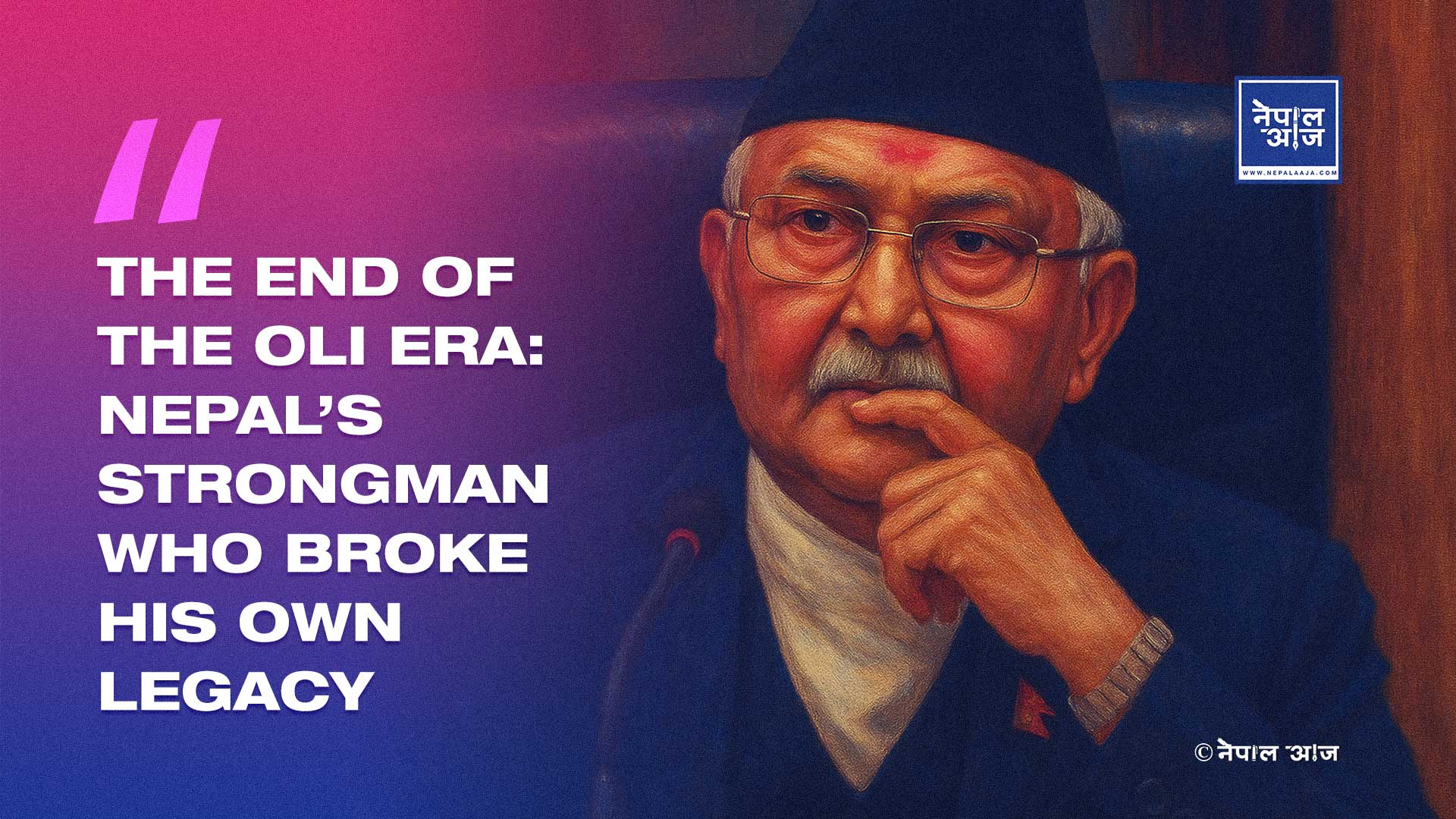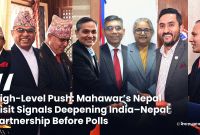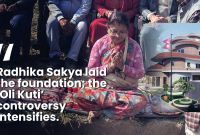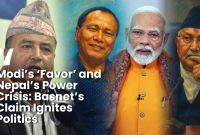The End of the Oli Era: How Power, Ego, and False Nationalism Shaped Nepal’s Political Crisis

KATHMANDU — Nepal’s political landscape stands at another turning point — one defined not by progress, but by exhaustion. For nearly a decade, one man has dominated the nation’s power corridors with the promise of stability and nationalism: K.P. Sharma Oli. But as the dust settles on his turbulent rule, a question echoes louder than ever — Was he truly the hero of transformation, or the chief architect of Nepal’s political decay?
nce hailed as a decisive leader who dared to challenge India during the 2015 blockade, Oli rode a wave of nationalism that united millions of frustrated citizens. His defiant rhetoric, his image as a “strong leader,” and his promise of sovereignty marked the beginning of what many thought would be a new chapter in Nepal’s history.
But that chapter quickly turned dark. What began as leadership turned into obsession; what began as reform turned into revenge.
Oli’s tenure will be remembered not for stability, but for constitutional chaos. His two unconstitutional dissolutions of Parliament, repeated defiance of the Supreme Court, and relentless suppression of dissent within his own party exposed a dangerous pattern — a man willing to sabotage democratic institutions to preserve personal power.
Inside the Nepal Communist Party (then unified), he sidelined senior leaders like Madhav Nepal and Jhalanath Khanal, crushed internal debate, and replaced democratic deliberation with loyalty-based politics. Critics say Oli’s rule became less about governance and more about control — a culture where “obedience” mattered more than “accountability.”
His brand of nationalism, too, proved hollow. The same man who once preached sovereignty deepened Nepal’s diplomatic imbalance. By playing one neighbor against another — cozying up to China while antagonizing India — he weakened the country’s long-standing policy of non-alignment. Deals like China’s GSI (Global Security Initiative) and the controversies surrounding the MCC compact raised fears that Oli’s foreign policy was not about independence, but dependency.
“His nationalism was performative — loud on stage, empty in substance,” said a Kathmandu-based analyst. “It was a shield to hide failures in governance and corruption.”
Oli’s growing arrogance and disdain for criticism became symbols of political decay. His press conferences turned into spectacles of mockery, where journalists, opponents, and even former allies became targets of ridicule. His governance style, critics argue, reflected the mindset of a man who saw himself not as a servant of the people, but as a political deity above the constitution.
As Nepal’s democracy suffocated under repeated manipulation, frustration grew — especially among the youth. Gen-Z activists, journalists, and political newcomers now describe Oli’s era as “a masterclass in how not to lead.”
Political observers argue that Oli is no longer just a person; he is the living symbol of Nepal’s broken political culture — a reminder of how personal ego can cripple public institutions. His fall, they say, should mark not just the end of a leader, but the beginning of a generational transformation.
“The real revolution Nepal needs now is not political, but generational,” said one youth leader in Kathmandu. “It’s time for humble, transparent, and accountable leadership — not men who treat power like private property.”
KP Sharma Oli



![From Kathmandu to the World: How Excel Students Are Winning Big [Admission Open]](https://www.nepalaaja.com/img/70194/medium/excel-college-info-eng-nep-2342.jpg)
